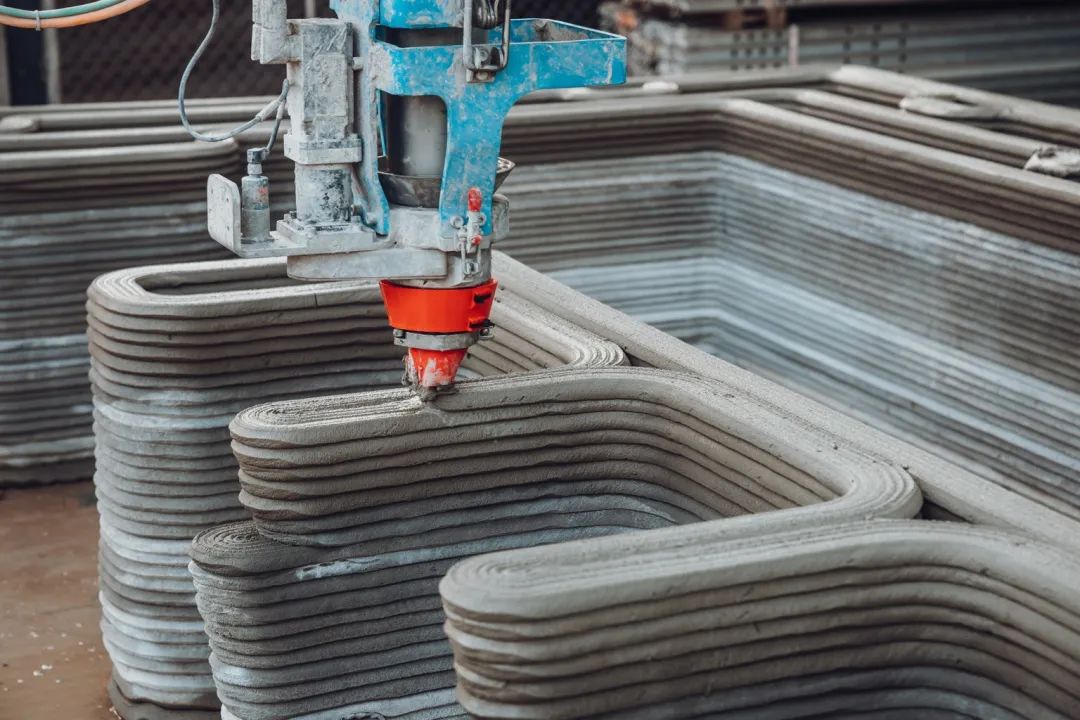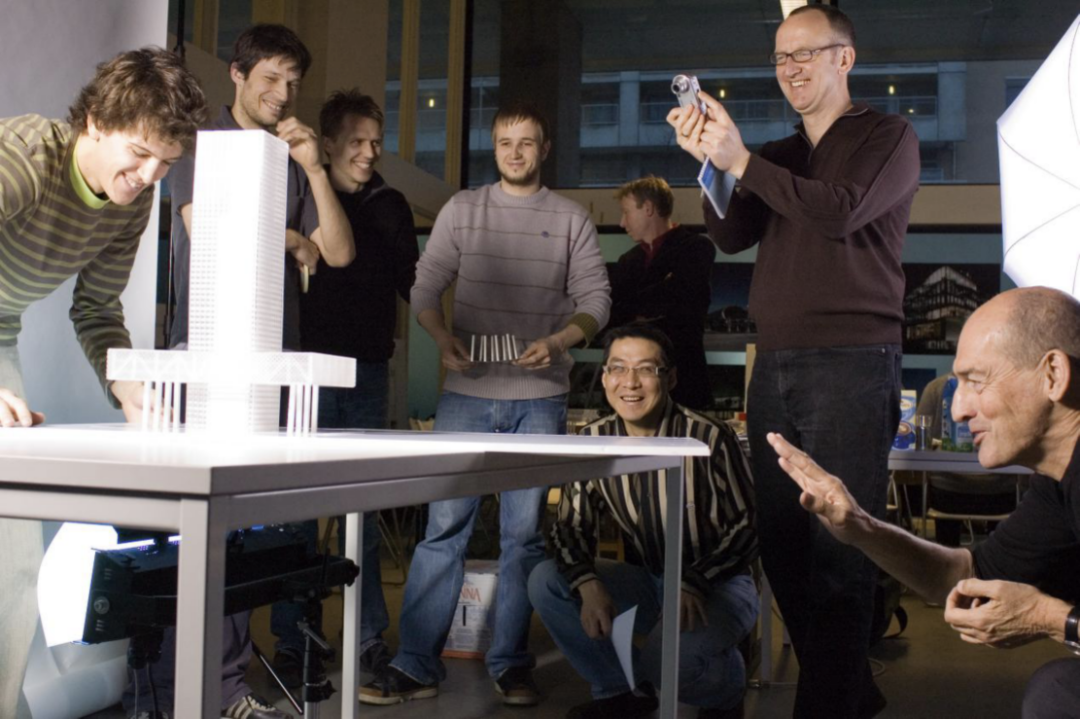At the beginning of this summer, the team input various printing parameters on site for test printing.
The project comes from the two-year cooperation between HANNAH, an experimental design company and research studio in Ithaca, PERI3D, an international 3D architecture printing supplier, and CIVE, a leading engineering service and general contractor in Houston.
The two explained that the final design result is a house with two textures of wood and printed concrete, which is a strategy combining the best aspects of the two materials.
From alleviating labor shortage to building affordable housing, automated buildings can solve various urgent problems.
With the structural engineering expertise of CIVE and the printing expertise of PERI3D, we can develop a method of 3D printing two-story buildings.” The main activity area of HANNAH is Europe, and a few 3D printed multi-storey projects have also been built abroad.
The United States will build the world’s first two-story 3D printing structure building.
“The unique feature of our modular design is that printed concrete and wood frames work together, and we use them in the best places.
Repeated use of incremental cantilevers in concrete modules as decorative and functional architectural themes, combined with different horizontal layers of printed concrete, creates a bold style of 3D printing architecture, suggesting the opportunity for new design language of printing projects.
Led by Leslie Lok and Sasa Zivkovic, assistant professors of the School of Architecture, Art and Planning of Cornell University and the head of HANNAH, the project aims to develop a 3D printing building system that can be expanded and applied to multiple fields.
The design of 3D printing house is another part of the project with high requirements, because unlike ordinary construction contractors, 3D printing machines do not read the building plan, but read the code to run.
In this regard, HANNAH tries to create a design that is more suitable for the American market.
For this project, the team hopes to use it as a learning opportunity to simplify the construction process and optimize the material use and cost of 3D printing buildings.
If 3D printing buildings are to be realized, the construction level of all necessary steps needs to reach a new height..
Although the work site still needs a few people to supervise the machine, the printer can almost complete all the heavy work.
This 371 square meter residential building is located in Houston, and will soon become one of the largest and highest printing buildings in the world, demonstrating the possibility of rapid expansion of 3D printing technology and mass customization in the construction field.
Although the use of precast concrete components on floors and ceilings has been a typical practice in Europe, and the integration of wood frames in 3D printing buildings has been limited so far, wood frames as a building technology are more common in North America.
Their designs stand out because they adapt to the American wood structure architecture culture.

Lok explained that it is necessary to develop the design according to the materials and construction process.

More broadly, the project shows that 3D printing may become a major force in the construction industry in the future.
Modular 3D printer – COBODBOD2 gantry printer – can be set in one day, and can be operated 24/7.

The architect of HANNAH used special software to manually design a path for the printing press to cast a continuous concrete line for the new house, a detailed process called “tool path”, which also includes structural and aesthetic considerations, leaving no room for error.
The PERI3D printing team worked with engineers from Quikrete, a manufacturer of filled concrete, to improve the printability of a new generation of printed mixtures at specific locations in Houston.
The mixed construction method is adopted in the design, which combines the printed concrete module with the wood frame, making it one of the first 3D printing that uses wood and concrete in an integrated way.
However, there is still a lot of work to be done.
Considering the additional structural challenges when printing exceeds the single layer limit, it is not easy to widely use 3D printing in family housing in the future.
Achieving the correct printing mix for concrete is a challenge that requires the help of other industry partners.
Construction has started.
“Every aspect of this project, from the overall space configuration to the details of large-scale buildings, such as the way we build shelves and openings, is affected by the unique manufacturing logic of 3D printing concrete.

HANNAH did not let this complex process limit their design, but used the printing tool path as an opportunity to promote the possibility of 3D printing structure design.
3D printing does not mean you can print concrete everywhere, but in meaningful places.” To some extent, the project demonstrates the practicability of 3D printing for the future construction industry.




